By
Jeffrey A. Calabrese
Member, Stoll Keenon Ogden PLLC
502-568-5448
jeff.calabrese@skofirm.com
Congress, President Trump Approve Emergency Leave, Paid Sick Time Measures
On Wednesday, March 18, 2020, President Trump signed the Families First Coronavirus Response Act into law, only a few hours after Senate approval. While this new legislation provides emergency federal funding for, among other things, COVID-19 testing, nutrition assistance, and unemployment compensation benefits, its two most prominent sections institute an emergency expansion of the Family and Medical Leave Act (“FMLA”), and introduce a new emergency paid sick leave entitlement, for certain employee absences caused by the COVID-19 pandemic. To assist our valued clients and other friends of Stoll Keenon Ogden PLLC, we have developed the following “FAQs” to help explain these two new laws.
I. EMERGENCY FAMILY AND MEDICAL LEAVE ACT EXPANSION ACT.
The Emergency Family and Medical Leave Act Expansion Act (the “E-FMLA”) provides certain employees of small and mid-sized employers the right to take up to twelve weeks of protected FMLA leave to care for children whose schools and child care provider have been closed due to the COVID-19 crisis. The E-FMLA also requires these employers to provide limited paid leave to these employees during these absences. The law provides employers with refundable tax credits to pay for the costs of the paid E-FMLA leave required by the Act.
WHEN DOES THE E-FMLA TAKE EFFECT?
April 2, 2020 (fifteen days from March 18, 2020, the E-FMLA’s enactment date). The E-FMLA will expire on December 31, 2020.
TO WHAT EMPLOYEES DOES THE E-FMLA APPLY?
The E-FMLA may generally be used by any employee who has been employed for at least 30 calendar days by the employer with respect to whom leave is requested. Note this is different than the employee eligibility standards used in the “regular” FMLA, which requires a full year of employment and 1,250 hours of active work. However, the Department of Labor is empowered to exempt certain health care provider and emergency responder employees from the E-FMLA.
TO WHAT EMPLOYERS DOES THE E-FMLA APPLY?
The E-FMLA generally applies to private employers with 500 or less employees and many public employers. Note this is different than the employer threshold used in the “regular” FMLA, which only applies to employers with 50 or more employees within a 75-mile radius. However, the Department of Labor is empowered to exempt businesses with less than 50 employees where the E-FMLA’s requirements “would jeopardize the viability of the business as a going concern.”
WHAT DOES AN EMPLOYEE NEED TO SHOW TO QUALIFY FOR E-FLMA LEAVE?
An eligible employee must demonstrate he or she has a “qualifying need related to a public health emergency,” which means “the employee is unable to work (or telework) due to a need for leave to care for the son or daughter under 18 years of age of such employee if the school or place of care has been closed, or the child care provider of such son or daughter is unavailable, due to a public health emergency.” “Public health emergency,” in turn, is defined as “an emergency with respect to COVID-19 declared by a Federal, State or local authority.” “Child care provider” is defined by the E-FMLA as “a provider who receives compensation for providing child care services on a regular basis.” “Son or daughter” is defined in the FMLA as “a biological, adopted, or foster child, a stepchild, a legal ward, or a child of a person standing in loco parentis, who is (A) under 18 years of age; or (B) 18 years of age or older and incapable of self-care because of a mental or physical disability.”
HOW MUCH LEAVE IS AVAILABLE FOR EMPLOYEES UNDER THE E-FMLA?
Up to twelve (12) weeks of leave between the effective date of the legislation and December 31, 2020. Note that for employees and employers that are otherwise eligible for, and subject to, the FMLA, the E-FMLA does not require the employer to provide any additional leave; it simply provides the employee with a new basis upon which to use any remaining FMLA leave.
DOES AN EMPLOYEE HAVE TO BE PAID FOR E-FMLA LEAVE?
During the first ten (10) business days of E-FMLA leave, an employer may provide unpaid leave, but the employee can elect to apply any accrued vacation, sick time, or “PTO” consistent with the employer’s policies (and the Paid Sick Leave Act, discussed below). For the remainder of the E-FMLA leave, however, an employer must provide the employee with limited paid leave.
HOW MUCH DOES AN EMPLOYER HAVE TO PAY AN EMPLOYEE DURING THE “PAID” PORTION OF HIS OR HER E-FMLA LEAVE?
After the first ten business days of E-FMLA leave, an employer must pay the employee at least two-thirds (2/3rds) of his or her “regular rate of pay,” as determined by the Fair Labor Standards Act. For exempt employees, this E-FMLA pay rate is calculated by multiplying their regular salary basis by 2/3. For non-exempt employees, this E-FMLA pay rate is calculated by multiplying their regular rate of pay by the number of hours they are normally scheduled to work. (The E-FMLA provides for methods of calculating these hours for irregular and new employees). Importantly, the E-FMLA caps this paid leave at $200 per employee per day, and $10,000 per employee for his or her entire length of E-FMLA leave.
HOW MUCH NOTICE MUST AN EMPLOYEE PROVIDE?
If the need for E-FMLA leave is foreseeable, the employee must provide the employer with “such notice of leave as is practicable.”
DO EMPLOYERS HAVE TO REINSTATE EMPLOYEES TO THEIR POSITIONS AFTER THEIR LEAVE IS OVER?
Generally, yes – but there are exceptions. Employers with less than 25 employees do not have to restore employees to their previous positions after E-FMLA leave if (1) that previous position has been eliminated due to economic conditions or changes in operations caused by the COVID-19 emergency, (2) the employer makes reasonable efforts to restore the employee to an equivalent position; and (3) the employer makes efforts over the next year to contact the affected employee if an equivalent position becomes available.
CAN EMPLOYERS BE SUED IF THEY INTERFERE WITH AN EMPLOYEE’S E-FMLA RIGHTS, OR RETALIATE AGAINST AN EMPLOYEE FOR EXERCISING E-FMLA RIGHTS?
Yes, but only if the employer is otherwise subject to private civil suit under the FMLA. Employers with less than 50 employees within a 75-mile radius are not subject to private civil suits under the E-FMLA.
***
II. EMERGENCY PAID SICK LEAVE ACT.
The Emergency Paid Sick Leave Act (the “Paid Sick Leave Act” or the “Act”) provides employees of small and mid-sized employers with limited paid sick time to cover various types of absences caused by the COVID-19 pandemic. The law provides employers with refundable tax credits to pay for the costs of the sick leave required by the Act.
WHEN DOES THE PAID SICK LEAVE ACT TAKE EFFECT?
April 2, 2020 (fifteen days from March 18, 2020, the Sick Leave Act’s enactment date). The Paid Sick Leave Act will expire on December 31, 2020.
TO WHAT EMPLOYEES DOES THE PAID SICK LEAVE ACT APPLY?
The Paid Sick Leave Act may generally be used by any employee of a covered employer upon hire, or upon the Act’s effective date. However, certain health care providers and emergency responders may, consistent with upcoming Department of Labor regulations, be excluded by their employers from the Paid Sick Leave Act’s application.
TO WHAT EMPLOYERS DOES THE PAID SICK LEAVE ACT APPLY?
The Paid Sick Leave Act generally applies to private employers with 500 or less employees, and all public employers. However, the Department of Labor is empowered to exempt businesses with fewer than 50 employees where the Paid Sick Leave Act’s requirements “would jeopardize the viability of the business as a going concern.”
WHAT DOES AN EMPLOYEE NEED TO SHOW TO QUALIFY FOR PAID SICK LEAVE?
An employee must show that he or she is unable to work (or telework) due to a need for leave because:
(1) The employee is subject to a Federal, State, or local quarantine or isolation order related to COVID-19;
(2) The employee has been advised by a health care provider to self-quarantine due to concerns related to COVID-19;
(3) The employee is experiencing symptoms of COVID-19 and seeking a medical diagnosis;
(4) The employee is caring for an individual who is subject to an order as described in section (1) above, or has been advised as described in section (2) above;
(5) The employee is caring for a son or daughter of such employee if the school or place of care of the son or daughter has been closed, or the child care provider of such son or daughter is unavailable, due to COVID-19 precautions; or
(6) The employee is experiencing any other substantially similar conditions to be later specified by the Department of Health and Human Services.
HOW MUCH PAID SICK TIME MAY AN EMPLOYEE RECEIVE?
Full time employees are eligible for eighty (80) hours of paid sick time. Part time employees are eligible for a number of hours of paid sick time equal to the number of hours that employee works on average over a 2-week period. All of this paid sick time is available immediately for use, regardless of how long the employee has been employed. Paid sick leave under this Act expires upon exhaustion by the employee, or upon the employee’s next scheduled work shift immediately following the termination of the need for paid sick time.
HOW MUCH DOES AN EMPLOYER HAVE TO PAY AN EMPLOYEE DURING PAID SICK LEAVE ACT TIME?
For absences caused by the reasons set forth in paragraphs (1), (2), and (3) above, an employer must pay the employee his or her regular rate of pay, multiplied by his or her regularly scheduled amount of hours, for all time missed. For absences caused by the reasons set forth in paragraphs (4), (5), and (6) above, an employer must pay at least two-thirds (2/3rds) of his or her regular rate of pay, multiplied by his or her regularly scheduled amount of hours, for all hours missed. (The Act provides for methods of calculating an employer’s regularly scheduled hours for irregular and new employees). Importantly, the Paid Sick Leave Act caps this paid leave at $511 per employee per day, and $5,110 per employee in the aggregate, for sick leave taken for the reasons set forth in paragraphs (1), (2), and (3) above; and $200 per employee per day, and $2,000 per employee in the aggregate, for sick leave taken for the reasons set forth in paragraphs (4), (5), and (6) above.
HOW DOES THIS PAID SICK LEAVE ACT TIME INTERACT WITH AN EMPLOYEE’S EXISTING VACATION/PTO/SICK TIME?
The Paid Sick Leave Act permits an employee to use this new statutory paid sick time first. Employers may not require an employee to use other paid leave benefits provided by the employer before he or she uses Paid Sick Leave Act time.
HOW DOES THIS PAID SICK LEAVE ACT TIME INTERACT WITH THE E-FMLA?
The two laws are designed such that employees who qualify can use Paid Sick Leave Act benefits during their first two weeks of E-FMLA leave.
DO EMPLOYERS HAVE TO POST NOTICE OF THIS ACT?
Yes. Employers must include notice of the Paid Sick Leave Act along with other labor and employment law postings. A model notice will be provided by the Department of Labor within the next week.
CAN EMPLOYERS BE SUED IF THEY FAIL TO PROVIDE THIS SICK LEAVE, OR RETALIATE AGAINST AN EMPLOYEE FOR EXERCISING PAID SICK LEAVE ACT RIGHTS?
Yes. The Act specifies that a failure to provide the specified paid sick leave is akin to failing to pay employees their minimum wage, prohibits retaliation against employees for using sick leave, and provides employees with many of the same enforcement rights as they would have under the federal Fair Labor Standards Act.
***
Stoll Keenon Ogden understands that these are trying times for our clients and our country. Our firm operations have continued uninterrupted and our attorneys are equipped to serve as we always have – for over 120 years. If you would like to discuss the Families First Coronavirus Response Act, the effects of the COVID-19 pandemic on your operations, or any other important matters, please do not hesitate to contact your trusted SKO professional.



